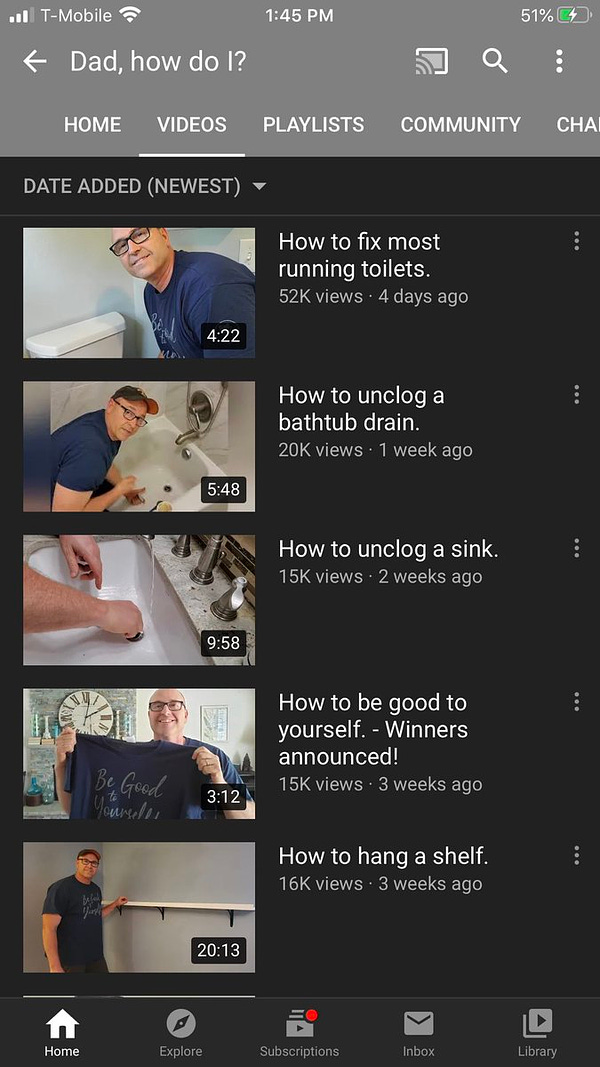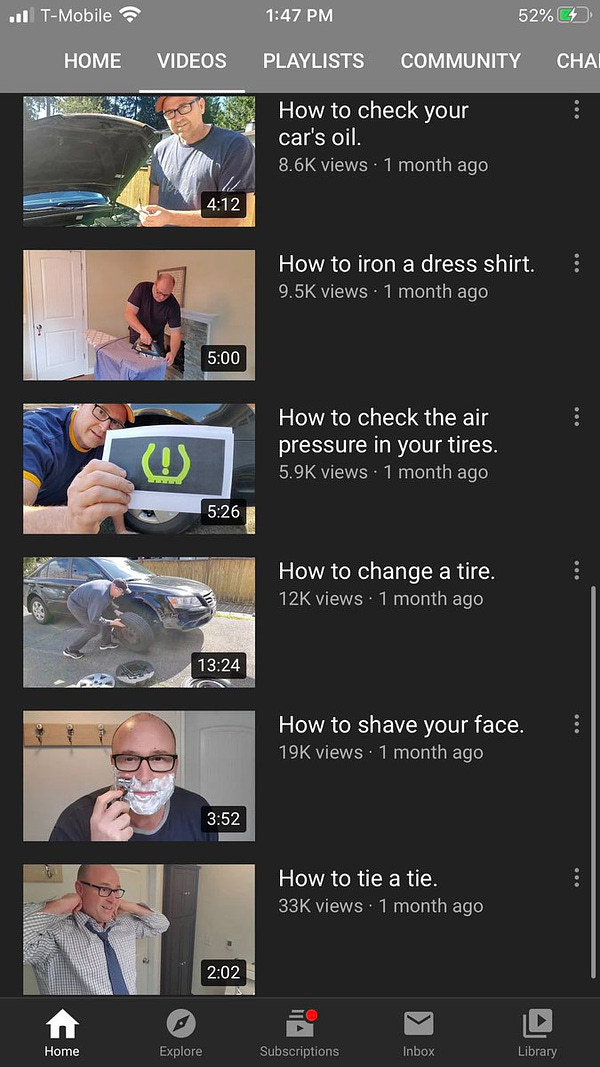What I’m thinking about
This week, I received the message many of you have been waiting for: An employee at mom’s memory care facility was diagnosed with COVID-19. I feel many things – including sad, worried, and scared – about what may happen over the coming weeks. But I also feel more prepared for the uncertainty – and for the current responsibilities of my caregiving role – than I would have just a few years ago.
My caregiving role has changed a lot over time. In 2015, I lived nearby, and she lived at home. I cared for her by purchasing groceries every week and comforting her during frequent spells of paranoia. In 2020, I live far away and she lives at a memory care facility. I care for her by supervising its staff of professional caregivers and doing a lot of planning ahead. Throughout this time, I have been her primary family caregiver and main source of financial support. These are simplified examples of my responsibilities, to be sure, but I think they help make the point.
This relates to something I said in Issue 1: I want to expand what ‘counts’ as care.
Many people – including our health care providers, employers, and family members – don’t acknowledge the wide variety of responsibilities that we take on, or how those responsibilities change over time. They tend to imagine a caregiving role as a medical one, whose responsibilities are related directly to an illness or injury. But all caregivers know these medical tasks are only one part of a much larger whole. Worrying counts. Buying groceries counts. Planning ahead counts. So do the important legal and financial responsibilities we take on. Our responsibilities are all different because our families are all different, and they typically change gradually just like our families (and our bodies) do.
If you’re in a similar position as my mom and I, I’ll be thinking of you this week (and I’d love to help, if I can).
Talk soon,
Libby
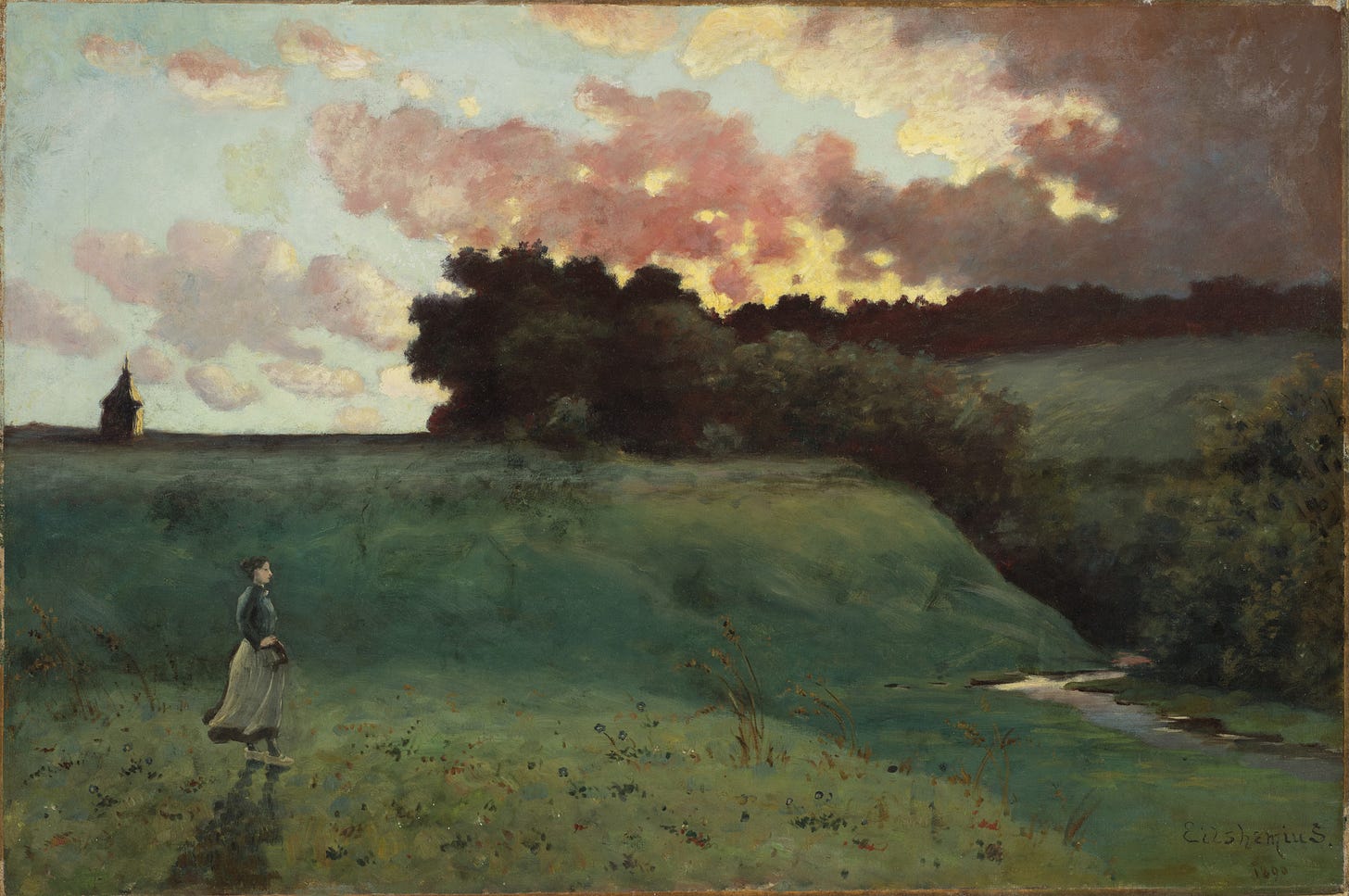
Stormy Landscape by Louis Michel Eilshemius, 1890 (Los Angeles County Museum of Art)
What I’m reading this week
Countercultural leader and founder of Whole Earth Catalog, Stewart Brand, shares his approach to end-of-life planning.
A thoughtful personal perspective from 2015 on the “deviousness” of dementia.
O, The Oprah Magazine interviews caregivers across the country about how they are coping with COVID-19 and what help they need.

The Goddess, Kali, and the Seven Mothers in Battle, 1825 (Los Angeles County Museum of Art)
One Good Resource
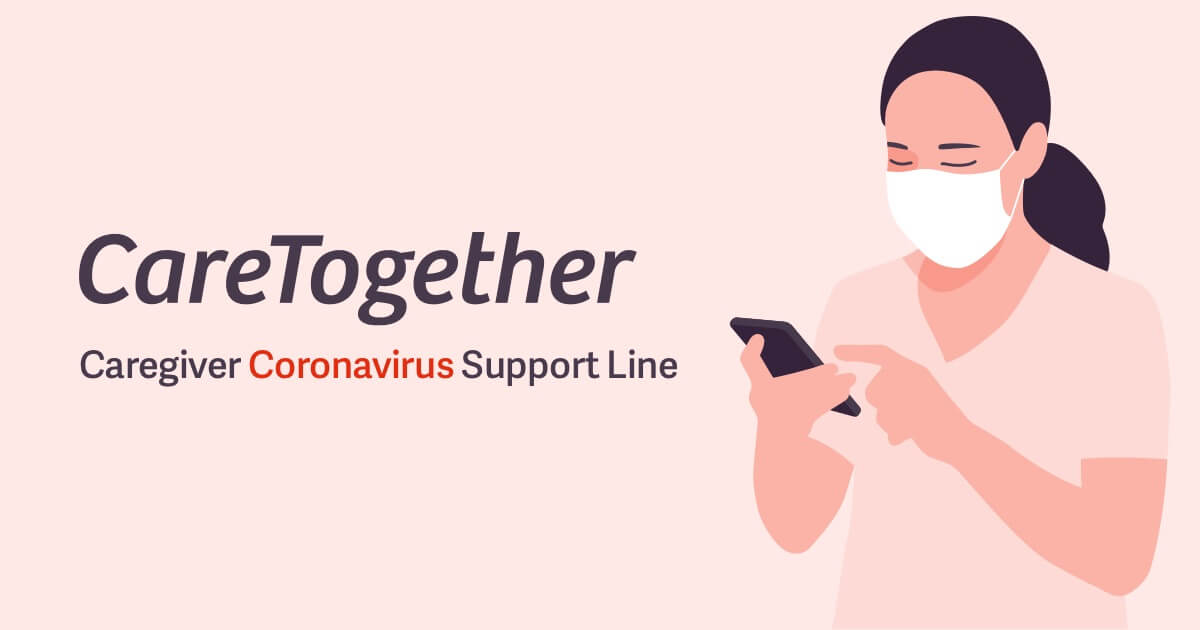
CareTogether is a new, text-based hotline that provides quick, confidential, and free support to caregivers during the COVID-19 pandemic. Their team of Caregiver Coaches is available from 5 p.m. to 11 p.m. Eastern Time (ET) via text message, Facebook Messenger, and live webchat. (That means you can reach out to them any time, but you may not hear back right away if it’s outside of those hours.)
It sounds like the coaches come from a variety of professional backgrounds, and that all of them are trained by CareTogether. The two coaches who are profiled on CareTogether’s website are a Certified Nursing Assistant (CNA) and a Licensed Clinical Social Worker (LCSW).
I like both how this help is being delivered, and who’s delivering it. My hunch is that text message format is a pretty good fit for much (or even most) of the help caregivers need on a daily basis. Also, I feel pretty strongly that caregivers need the kind the help that many kinds of people – not just doctors – can give us. So I’m hopeful that this approach to connecting caregivers to help in a lightweight way will be really useful. (My business, Quilt, is a different approach to these same ideas.)
I’d be very curious to hear what you think of CareTogether, if you give it a try.
One Good Quote
“As for grief, you'll find it comes in waves. When the ship is first wrecked, you're drowning, with wreckage all around you. Everything floating around you reminds you of the beauty and the magnificence of the ship that was, and is no more. And all you can do is float. You find some piece of the wreckage and you hang on for a while. Maybe it's some physical thing. Maybe it's a happy memory or a photograph. Maybe it's a person who is also floating. For a while, all you can do is float. Stay alive.
“In the beginning, the waves are 100 feet tall and crash over you without mercy. They come 10 seconds apart and don't even give you time to catch your breath. All you can do is hang on and float. After a while, maybe weeks, maybe months, you'll find the waves are still 100 feet tall, but they come further apart. When they come, they still crash all over you and wipe you out. But in between, you can breathe, you can function. You never know what's going to trigger the grief. It might be a song, a picture, a street intersection, the smell of a cup of coffee. It can be just about anything...and the wave comes crashing. But in between waves, there is life.
“Somewhere down the line, and it's different for everybody, you find that the waves are only 80 feet tall. Or 50 feet tall. And while they still come, they come further apart. You can see them coming. An anniversary, a birthday, or Christmas, or landing at O'Hare. You can see it coming, for the most part, and prepare yourself. And when it washes over you, you know that somehow you will, again, come out the other side. Soaking wet, sputtering, still hanging on to some tiny piece of the wreckage, but you'll come out.”
This is a reply by Reddit user GSnow in the Reddit forum r/Assistance.
One Good Book
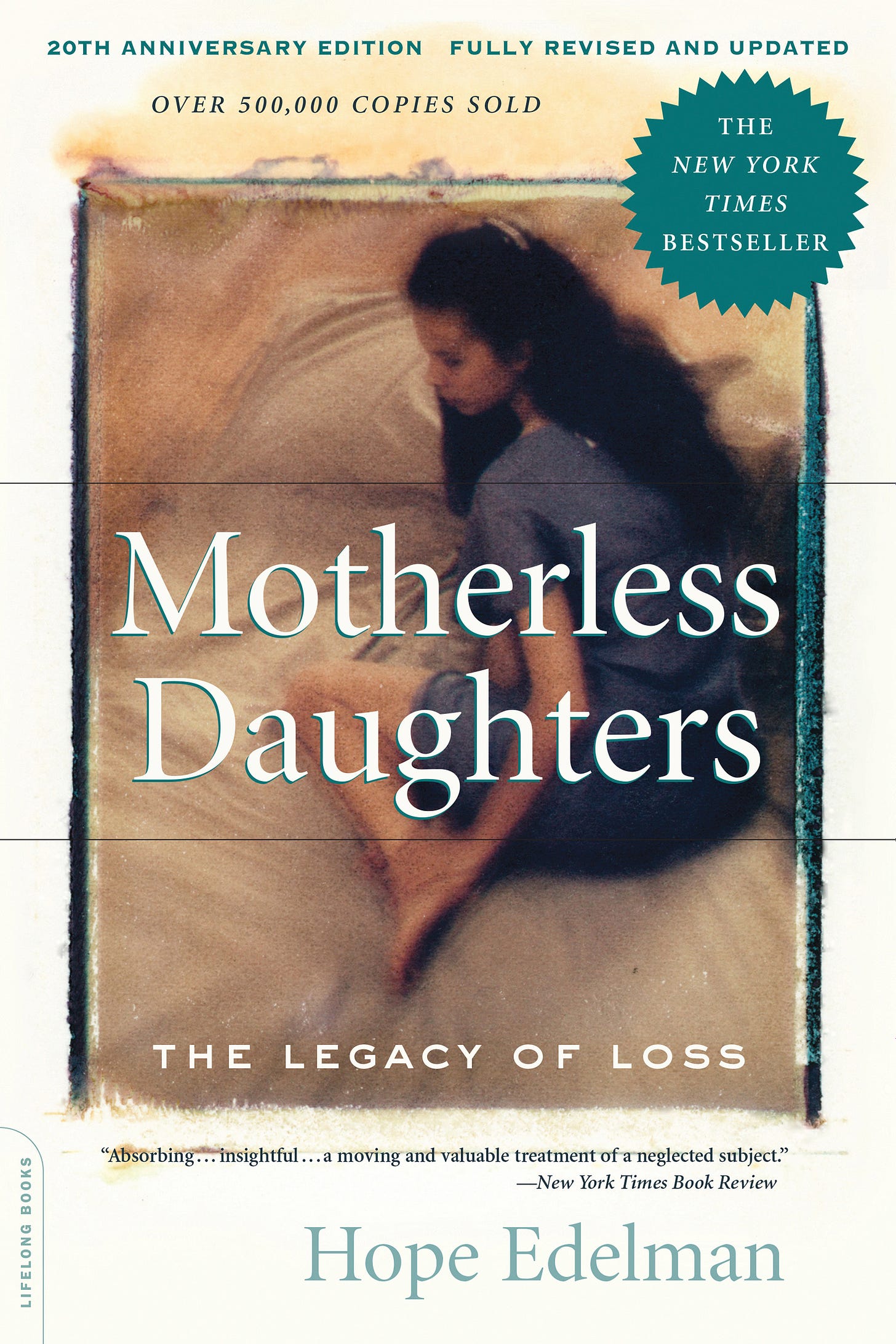
“Motherless Daughters” by Hope Edelman
Motherless Daughters is filled with personal stories of daughters who have lost their mothers through estrangement, illness, or death. It is not a memoir. It reads almost like an ethnography: Lots of quotes and anecdotes, collaged together. This format encourages lots of skipping around – and so do I. (For instance, I skipped a chapter about mother loss during early childhood, which didn’t feel as useful to me.)
The title is much more polarizing than the book. I don’t identify as a “Motherless Daughter” now – and I’m not sure I will even after my mom dies – but I still felt enormous kinship with it. Many of its lessons are more flexible than its words, and have more to do with parents and children than mothers and daughters. For example, I was especially impressed by how fluidly it incorporates estrangement as a significant type of loss. Insights about fathers and sons sneak their way into the narrative, too.
Its stories have helped me make more sense of my relationship with my mom, make more peace with the parts of it that I will lose forever, and gather more parts that I want to try to replace. It’s also become a useful jumping off point for thinking about my relationship with my family in the future. This book, more than any other, has helped me heal, and I can’t recommend it highly enough.
One Good Ad
I’d love to share your business, product, or service with the people who read this newsletter. Reply to this email to get in touch.
Are you worried about your parents? I want to help. Through my business, Quilt, I offer a new kind of online support for people who care for their aging parents that includes phone or video check-ins & unlimited support over email.
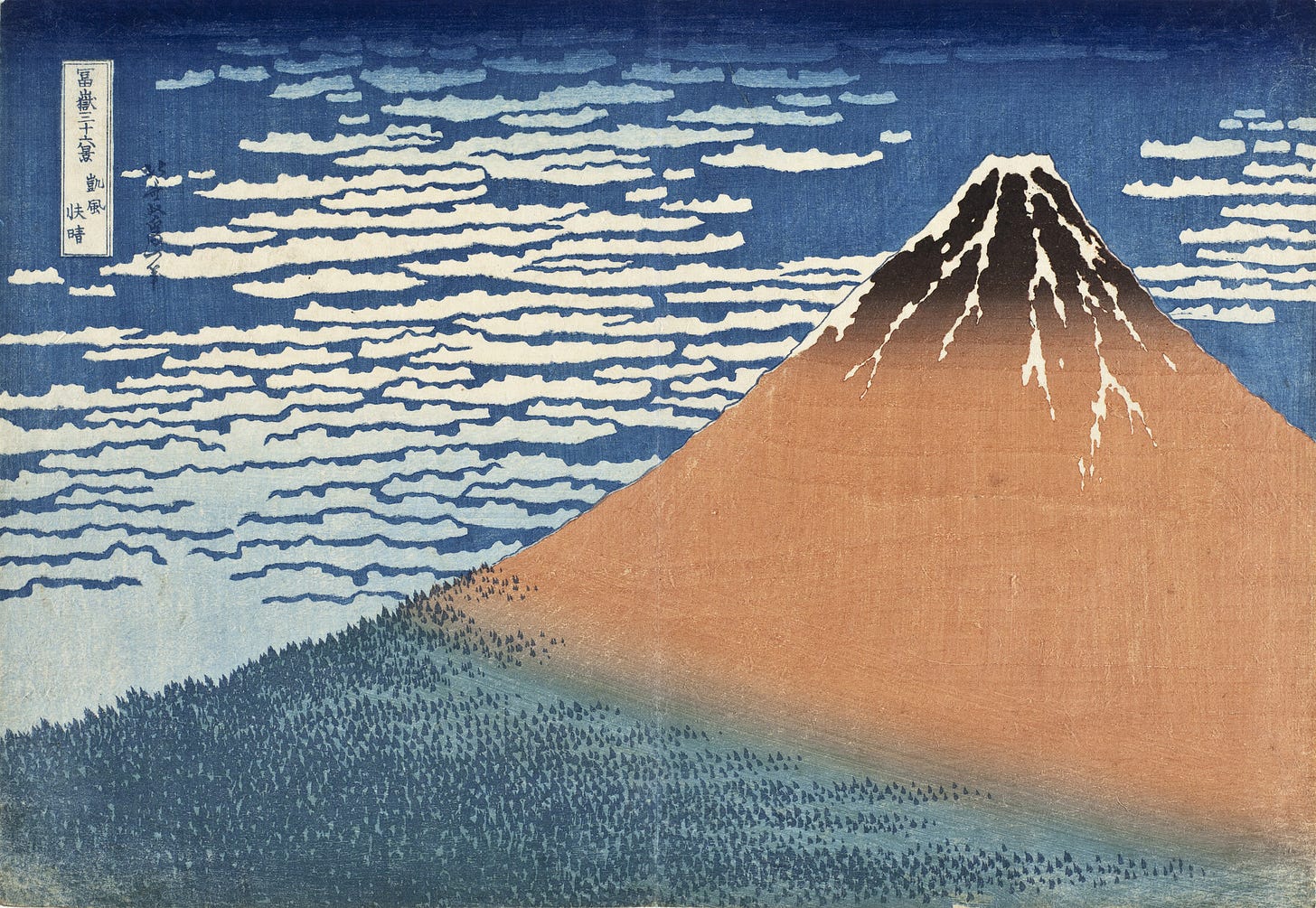
South Wind, Clear Dawn by Katsushika Hokusai, 1830-1831 (Los Angeles County Museum of Art)
One More Thing
Last month, Rob Kenney started a YouTube channel called “Dad, How Do I?” as a light-hearted personal project, hoping to share his favorite ‘fatherly’ tips and advice with more people. The channel has since gone very, very viral on Twitter and now, in the words of several comments on his videos, “He’s the internet’s dad now.” So wholesome.

